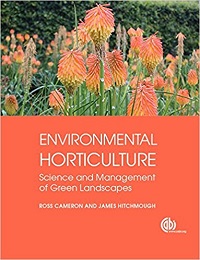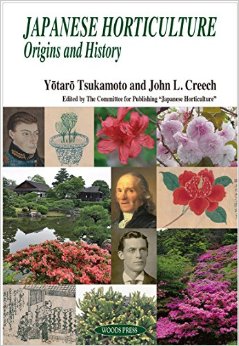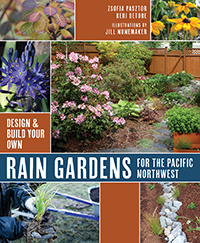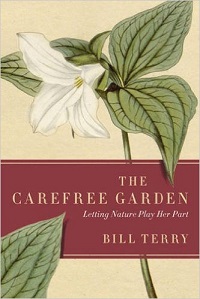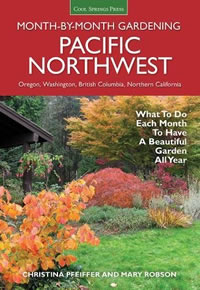 Gardening books that use a calendar format are especially valuable to newer gardeners, and having one that’s tailored to our region is even better. Best of all is having an author who worked in the Washington Park Arboretum for many years! Christina Pfeiffer brings her considerable experience to “Month-By-Month Gardening Pacific Northwest” and has consultation help from Mary Robson, a retired Horticulture Extension agent for Washington State University.
Gardening books that use a calendar format are especially valuable to newer gardeners, and having one that’s tailored to our region is even better. Best of all is having an author who worked in the Washington Park Arboretum for many years! Christina Pfeiffer brings her considerable experience to “Month-By-Month Gardening Pacific Northwest” and has consultation help from Mary Robson, a retired Horticulture Extension agent for Washington State University.
The same pair collaborated on a 2005 book, with Robson taking the lead on that publication. This new book begins with a short but very meaty introduction chapter covering the basics. The monthly chapters that follow build on the introduction with topics cleverly positioned when you’ll most likely want the advice. For example, in June we learned how to turn an area of your lawn into a garden bed, perfect timing so it will be ready for fall planting.
I appreciate that each month begins with a section on planning. What do you want from your garden? What is working well? What needs changing? Only after you’ve asked and answered these questions, do you start doing. These activities sections include planting and all aspects of caring for common garden plants ranging from annuals to trees. Lawns and houseplants are considered, too.
You are also encouraged to get out to nurseries and plant festivals, and to see our native plants where and when they are at their peak. Enjoying your own and other gardens is important, too. During July, “pause to revel in the beauty and bounty the garden has to offer. This is a time for picnics in the shade and leisurely strolls at local parks and gardens.”
Excerpted from the Summer 2017 Arboretum Bulletin.

 Much fun is found in The Curious Gardener, published by Anna Pavord in 2010. This collection of writings from the British newspaper The Independent includes a serviceable gardening calendar for our region, but I’d especially check it out for the pure pleasure of essays written by a kindred, but at times contrary, gardening soul.
Much fun is found in The Curious Gardener, published by Anna Pavord in 2010. This collection of writings from the British newspaper The Independent includes a serviceable gardening calendar for our region, but I’d especially check it out for the pure pleasure of essays written by a kindred, but at times contrary, gardening soul.